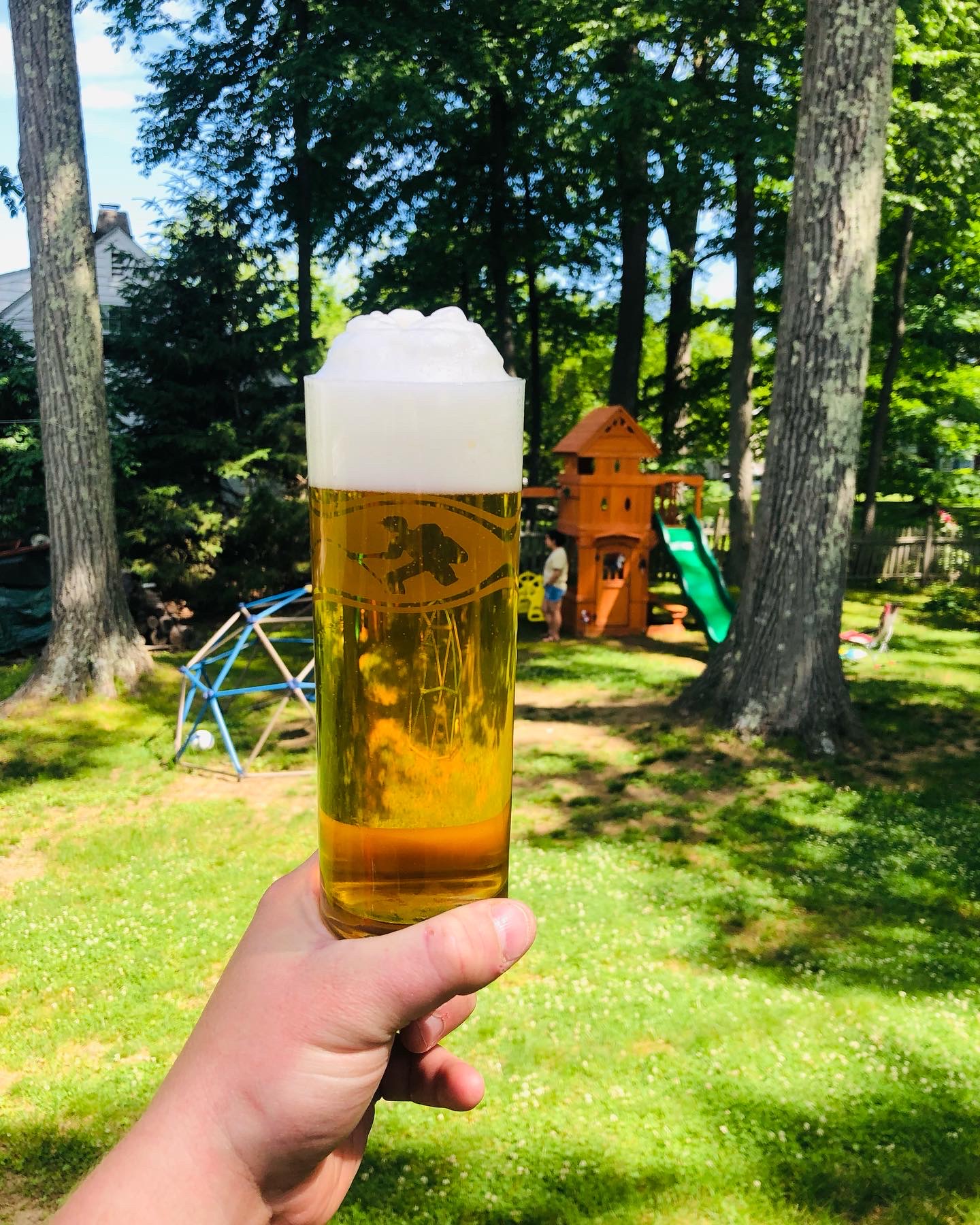I started drinking and brewing when beer that was hazy would usually be sent back to be poured down a drain and be replaced. There were exceptions for bottle conditioned beers, which included Guinness in those times, and from a few small scale, local brewers who didn't bother about clarity in their dark beers.
As for NEIPAs, only once have I brewed one. There's at least one paper in the wartime annals of the Journal of the Institute of Brewers contained in Wiley library online, that explains problems with such beers. Having read those papers and avoiding the potential trouble, my NEIPA dropped clear in a couple of weeks and one bottle drank well after more than a year.




